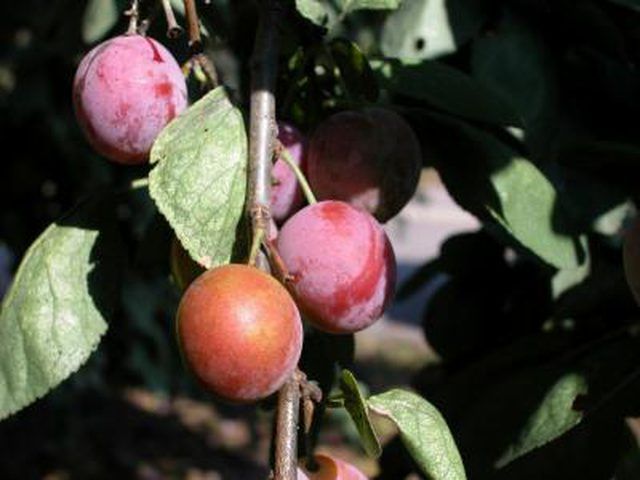Bulbs
Flower Basics
Flower Beds & Specialty Gardens
Flower Garden
Garden Furniture
Garden Gnomes
Garden Seeds
Garden Sheds
Garden Statues
Garden Tools & Supplies
Gardening Basics
Green & Organic
Groundcovers & Vines
Growing Annuals
Growing Basil
Growing Beans
Growing Berries
Growing Blueberries
Growing Cactus
Growing Corn
Growing Cotton
Growing Edibles
Growing Flowers
Growing Garlic
Growing Grapes
Growing Grass
Growing Herbs
Growing Jasmine
Growing Mint
Growing Mushrooms
Orchids
Growing Peanuts
Growing Perennials
Growing Plants
Growing Rosemary
Growing Roses
Growing Strawberries
Growing Sunflowers
Growing Thyme
Growing Tomatoes
Growing Tulips
Growing Vegetables
Herb Basics
Herb Garden
Indoor Growing
Landscaping Basics
Landscaping Patios
Landscaping Plants
Landscaping Shrubs
Landscaping Trees
Landscaping Walks & Pathways
Lawn Basics
Lawn Maintenance
Lawn Mowers
Lawn Ornaments
Lawn Planting
Lawn Tools
Outdoor Growing
Overall Landscape Planning
Pests, Weeds & Problems
Plant Basics
Rock Garden
Rose Garden
Shrubs
Soil
Specialty Gardens
Trees
Vegetable Garden
Yard Maintenance
The Growth Rate of a Plum Tree
The Growth Rate of a Plum Tree. There are more than 2,000 varieties of plums, but they can be grouped into three basic types of trees: European, Japanese or American. Growth rates for each type vary.

There are more than 2,000 varieties of plums, but they can be grouped into three basic types of trees: European, Japanese or American. Growth rates for each type vary.
European
Young European plums grow about 12 inches per year. These plums are hardier than their Japanese cousins. Most European plums are good for canning because the flesh easily separates from the stone. European plums can often bear fruit even when only one tree is planted, but a pollinator will increase the amount of fruit available.
Japanese
Young Japanese plums grow approximately 15 to 20 inches per year. They resist diseases better than European trees. In addition, they tolerate heat well. Most Japanese plums need a pollinator in order to bear fruit. Varieties of Japanese plums include the Santa Rosa and the Methley.
American
American plum trees, also known as wild plums, grow 12 to 18 inches per year. Their fruit can be eaten fresh or made into wine, jams or jellies. American plums tend to form thickets, so they’re a popular choice when setting up a wildlife habitat. They’re also used as windbreaks because of their dense growth.